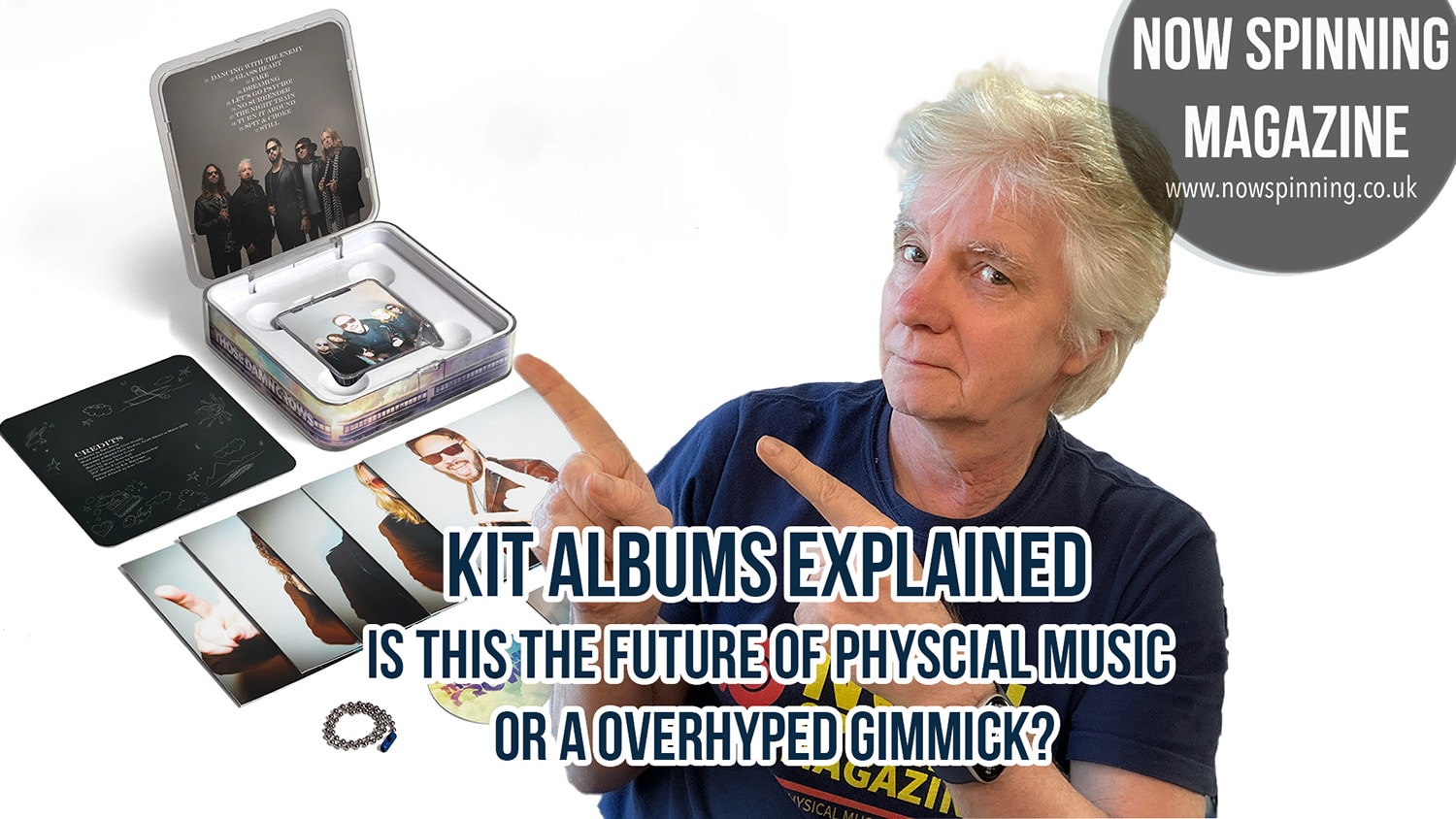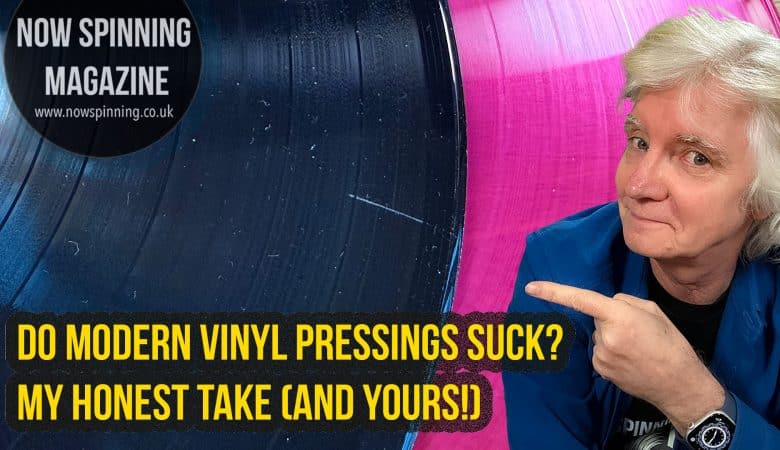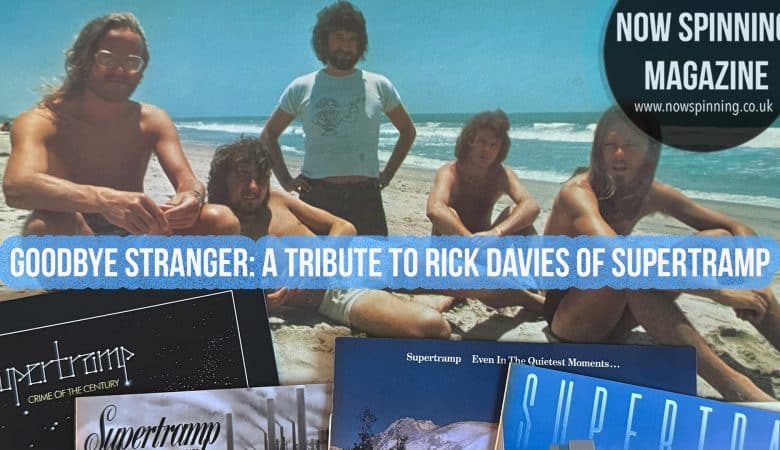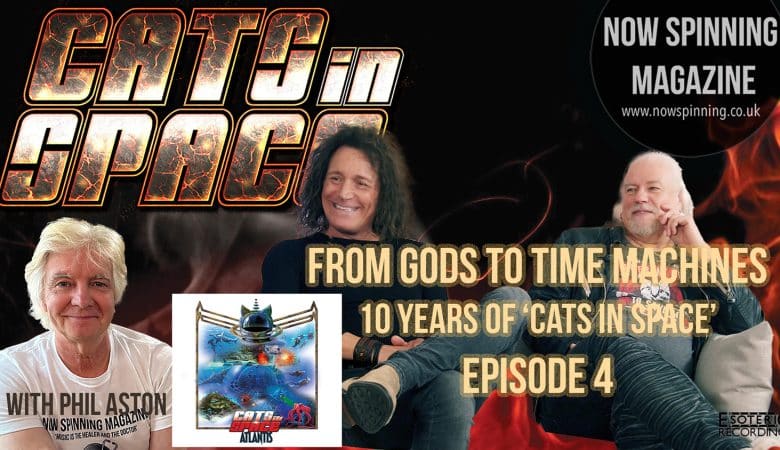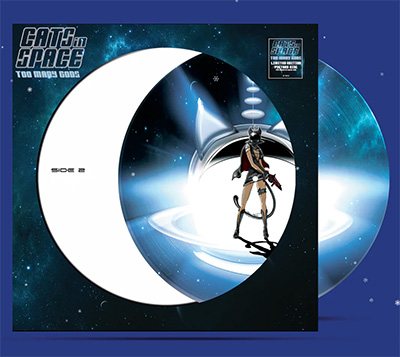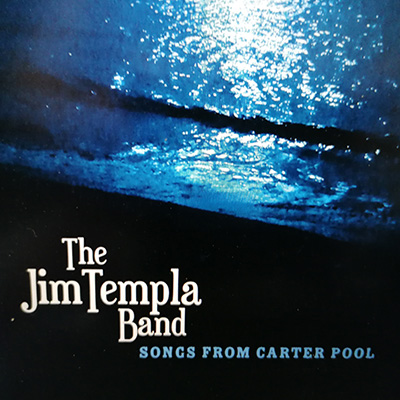Cool Classics – Your Gateway into Timeless Music
Welcome to Now Spinning Magazine, where music of all genres is celebrated and explored. This is brand-new series called “Cool Classics” featuring composer and violinist, Sue Aston. Our aim is simple: to demystify classical music and open up this rich and varied world to anyone who’s curious.
If you’ve ever felt that classical music might not be “for you” or don’t know where to begin, you’ve come to the right place.
In this debut instalment, Sue walks us through three pieces from different time periods. Each piece reveals something unique about the composers, the context in which they wrote, and the powerful emotional landscapes these works can create.
1. Allegri’s Miserere
Why Listen?
If you’ve ever experienced a moment where music literally stopped you in your tracks, Miserere might be that piece. Composed by Gregorio Allegri in the 17th century for performance in the Sistine Chapel, this haunting choral work is entirely unaccompanied, showcasing the purity and power of the human voice.
Key Highlight
The soaring boy treble who must reach a breathtaking high note. The result is both uplifting and deeply moving, often performed in sacred spaces by candlelight. Even if you’re not religious or spiritual, the sheer emotional pull of these voices resonates on a universal level.
2. Vaughan Williams – A London Symphony
Why Listen?
Moving forward in time to 1913, Ralph Vaughan Williams offers a sweeping orchestral portrait of London. Inspired by English folk tunes, this symphony paints vivid musical pictures of city life—from the echo of Westminster chimes to the tinkling bells of horse-drawn cabs and the hushed calm of a misty London square.
Key Highlight
The second movement (set around Bloomsbury Square on a November afternoon) is particularly evocative. You can almost feel the damp air, see the glow of gas lamps, and hear the gentle hum of city life. Each note immerses you in a bygone era of London’s charm and romance.
3. Shostakovich – Piano Concerto No. 2 (Second Movement)
Why Listen?
Dmitri Shostakovich is often known for his intense, dramatic works. But the slow movement of his Piano Concerto No. 2 (written in 1957) reveals a more introspective, melodic side. It’s both lyrical and cinematic—perfect for moments when you want to drift off into a dreamy, reflective space.
Key Highlight
The warm piano passages float over a gentle orchestral backdrop, creating an intimate atmosphere that contrasts starkly with Shostakovich’s more famous, thunderous symphonies. It’s a wonderful entry point for anyone new to his compositions.
Why These Three?
From the angelic vocal purity of Miserere to the pastoral soundscapes of Vaughan Williams, and finally, the poignant lyricism of Shostakovich, these pieces offer a well-rounded taste of what classical music can be. They show that “classical music” isn’t just one static style—it spans centuries, styles, and emotional worlds.
Your Next Steps
Check out these works on your preferred streaming service. Put on some headphones, close your eyes, and allow yourself to be immersed in the music.
Invest in Physical Formats
If you find a piece that really speaks to you, consider picking up a CD or even vinyl if available. Physical media often features in-depth album notes, which can further enhance your appreciation.
Join the Conversation
Let us know which piece resonates with you most. Have questions or recommendations? Drop them in the comments—Sue and I would love to explore more composers and pieces in future episodes.
Remember, music is a universal language that transcends labels, preconceptions, and time periods. Whether you’re a seasoned rock enthusiast or a complete newcomer to classical, these “Cool Classics” are sure to broaden your horizons and inspire your musical journey.
Phil & Sue Aston | Now Spinning Magazine


